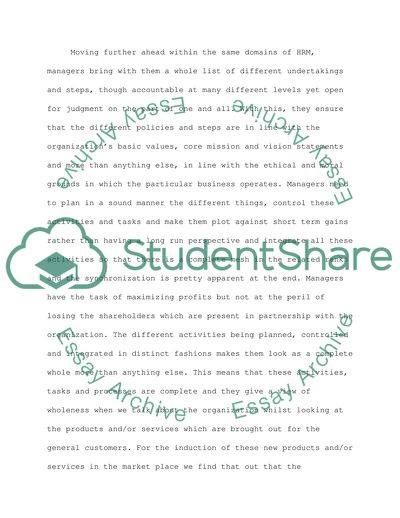Cite this document
(The Role of Human Resource Management Coursework, n.d.)
The Role of Human Resource Management Coursework. https://studentshare.org/human-resources/1710584-human-resource-management
The Role of Human Resource Management Coursework. https://studentshare.org/human-resources/1710584-human-resource-management
(The Role of Human Resource Management Coursework)
The Role of Human Resource Management Coursework. https://studentshare.org/human-resources/1710584-human-resource-management.
The Role of Human Resource Management Coursework. https://studentshare.org/human-resources/1710584-human-resource-management.
“The Role of Human Resource Management Coursework”. https://studentshare.org/human-resources/1710584-human-resource-management.


